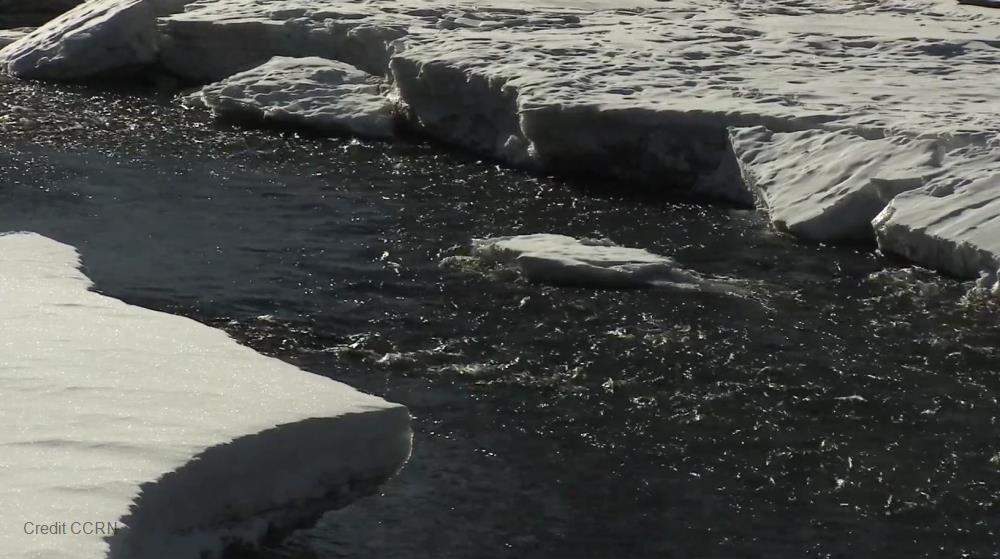
Related items loading ...
Section 1: Publication
Publication Type
Journal Article
Authorship
Piovano, T.I., Tetzlaff, D., Carey, S.K., Shatilla, N.J., Smith, A., and Soulsby, C.
Title
Spatially-distributed tracer-aided runoff modelling and dynamics of storage and water ages in a permafrost-influenced catchment
Year
2019
Publication Outlet
Hydrol. Earth Syst. Sci. Discuss
DOI
ISBN
ISSN
Citation
Piovano, T.I., Tetzlaff, D., Carey, S.K., Shatilla, N.J., Smith, A., and Soulsby, C. 2019. Spatially-distributed tracer-aided runoff modelling and dynamics of storage and water ages in a permafrost-influenced catchment. Hydrol. Earth Syst. Sci. Discuss.
https://doi.org/10.5194/hess-2019-59
Abstract
Permafrost strongly controls hydrological processes in cold regions, and our understanding of how changes in
seasonal and perennial frozen ground disposition and linked storage dynamics affects runoff generation processes remains
limited. Storage dynamics and water redistribution are influenced by the seasonal variability and spatial heterogeneity of
frozen ground, snow accumulation and melt. Stable isotopes provide a potentially useful technique to quantify the dynamics
15 of water sources, flow paths and ages; yet few studies have employed isotope data in permafrost-influenced catchments.
Here, we applied the conceptual model STARR (Spatially distributed Tracer-Aided Rainfall-Runoff model), which
facilitates fully distributed simulations of hydrological storage dynamics and runoff processes, isotopic composition and
water ages. We adapted this model to a subarctic catchment in Yukon Territory, Canada, with a time-variable
implementation of field capacity to include the influence of thaw dynamics. A multi-criteria calibration based on stream
20 flow, snow water equivalent and isotopes was applied to three years of data. The integration of isotope data in the spatially
distributed model provided the basis to quantify spatio-temporal dynamics of water storage and ages, emphasizing the
importance of thaw layer dynamics in mixing and damping the melt signal. By using the model conceptualisation of spatially
and temporally variant storage, this study demonstrates the ability of tracer-aided modelling to capture thaw layer dynamics
that cause mixing and damping of the isotopic melt signal.
Plain Language Summary
Section 2: Additional Information
Program Affiliations
Project Affiliations
Submitters
Publication Stage
Published
Theme
Presentation Format
Additional Information
Mountain Water Futures , Refereed Publications


 GWFNet
GWFNet Master
Master Research
Research Map
Map
 Advanced
Advanced . . .
. . .

 Metadata Editor
Metadata Editor
 Record List
Record List
 Alias List Editor
Alias List Editor
 Legacy sites
Legacy sites